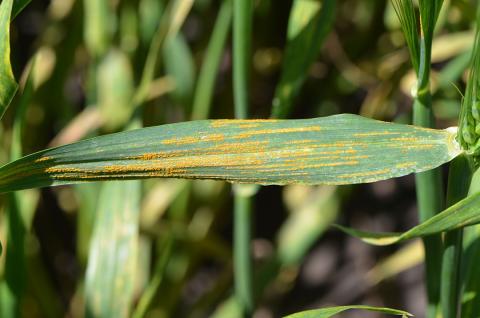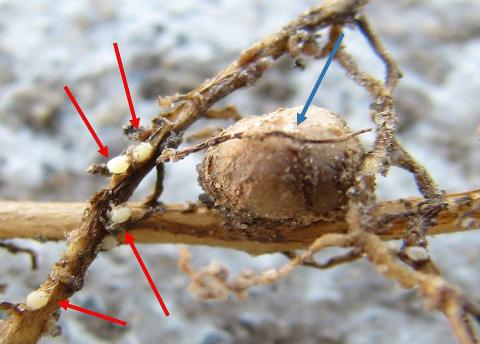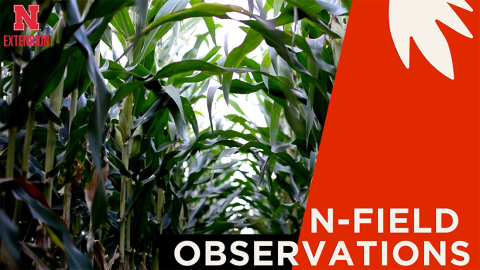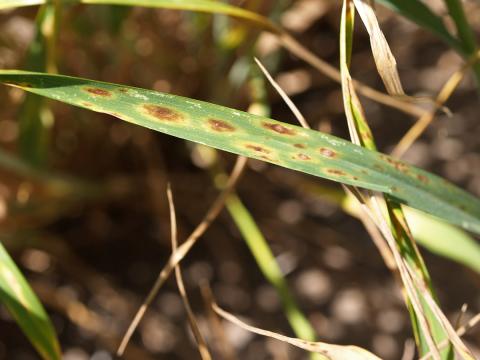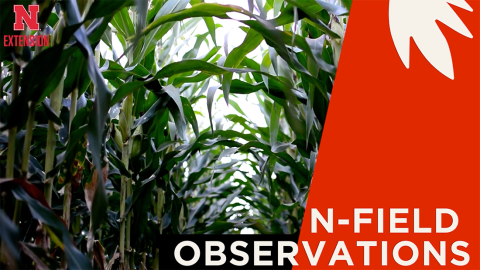Wheat Disease Update for May 3, 2024
May 1, 2024
Diseases observed in Nebraska wheat fields so far this growing season have been minimal, but producers should be on the lookout for stripe rust, as infections have been identified in two southern Nebraska counties.
Uncommon Wheat Disease in the Nebraska Panhandle in 2023
April 24, 2024
Though rare for semi-arid regions, Fusarium head blight was present in the Nebraska Panhandle's 2023 wheat crop, and its effects have already been observed in this year's crop. This article highlights control options to mitigate yield loss in 2024.
It’s the Season for Controlling Soybean Cyst Nematode
October 3, 2023
Soybean cyst nematode can cause up to 30% yield loss with no significant aboveground symptoms, making soil sampling at the end of soybean season a critical part of managing this crop pest.
This Week on N Field: Push Test for Corn Stalk Rot
September 29, 2023
Nebraska Extension Educator Amy Timmerman explains how to conduct a push test to identify stalk rot before harvesting your corn fields.
This Week on N Field: Sudden Death Syndrome of Soybean
September 15, 2023
Learn how to accurately identify sudden death syndrome in soybeans and select appropriate control options for your operation.
This Week on N Field: Hail Damage on Corn
July 13, 2023
A review of the immediate and long-term impacts of hail damage on corn to assist producers with decision-making for the remainder of the growing season.
After-harvest Wheat Disease Management Strategies for Reducing Losses in 2024
July 13, 2023
Strategies that can be used between now and planting winter wheat this fall to minimize losses due to diseases during next year’s growing season.
This Week on N Field: Tar Spot in Corn
July 6, 2023
Learn the techniques for conducting a thorough examination when scouting for tar spot in your fields.
